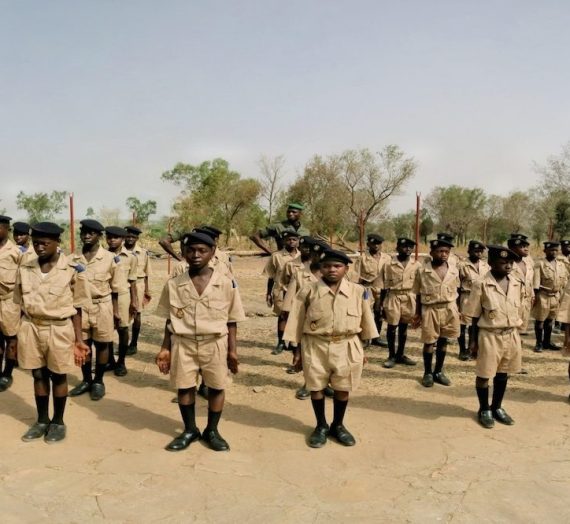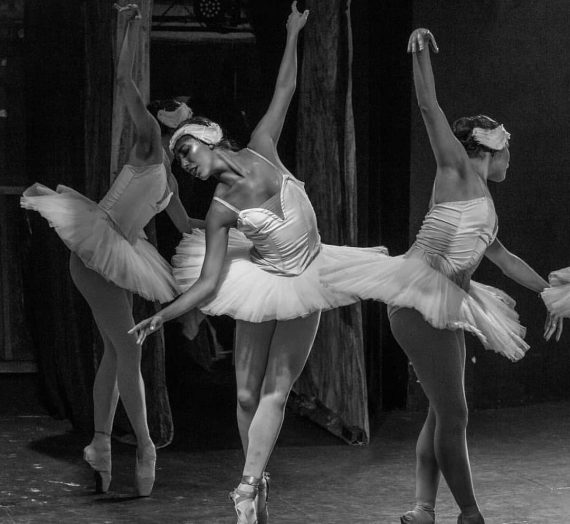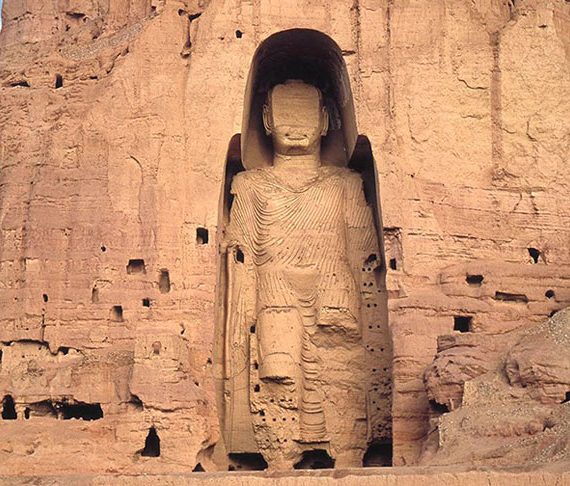The alarming situation that the whole world is currently going through has made us reflect on violence and peace. How does the former come about? How can we build the latter?
Gradually, as an international community, we have come to understand that peace is not only the absence of violence but also the nonviolent and creative transformation of conflicts. It is as the Institute for Economics and Peace has put it “the attitudes, structures and institutions that contribute to maintain and sustain peaceful societies.”
This begs the question: what can be those creative ways of dealing with conflicts that contribute to the construction of these attitudes, structures and institutions? And such a question inevitably leads us to think about culture and art.
Identity, culture and peace are intrinsically and closely related. Culture is identity. Therefore, this is an important determinant of how people perceive themselves, each other and the other or the other. Consequently, culture is vital in the process of strengthening ties between peoples and regions, and thus transforming conflict in a non-violent way.
In the face of the war that plagues humanity, artists from very diverse disciplines have seen in their art a great potential to generate resistance, open eyes worldwide and generate national and international unity. Artists around the world have taken the streets, the public space to express what cannot be said with words.
Globally, people in the world of art and culture have also expressed themselves in different ways. This fact is inevitable because art is expression and dialogue.
However, it must be avoided at all costs that art and culture are negatively affected in any of the countries involved. They must be tools for diplomacy and dialogue, not to increase polarization and violence.
The right to culture is for everyone, regardless of social class, gender, ethnicity, nationality or political affiliation. And the denial or non-guarantee of the right to participate in cultural life is an explicit violation of the Universal Declaration of Human Rights.
Also, the destruction of cultural heritage constitutes a violation of International Humanitarian Law and a war crime. As the director of UNESCO Audrey Azoulay said: “We must safeguard this cultural heritage, as a testimony of the past but also as a vector of peace for the future, which the international community has a duty to protect and preserve for future generations. To protect the future, educational institutions must also be considered sanctuaries.”
Attacks on educational facilities are direct attacks on the future of humanity. Attacks on journalists are attacks on access to information, on freedom of expression and, therefore, on the truth.
Therefore as an international community we must be vigilant, on the one hand, that cultural heritage, both tangible and intangible, is not a target of war, as this could lead to the breakdown of the deepest part of identity and collective memory and, on the other hand, that no artist is offended, for without them and their creativity, freedom and the heart of humanity would be harmed.
Indeed, culture and art can give us the sensitivity we need in this world full of hate and violence; they make us more human and allow us to see the humanity of the other.
 Copyright secured by Digiprove © 2022 Ana Limón Martínez
Copyright secured by Digiprove © 2022 Ana Limón Martínez 



